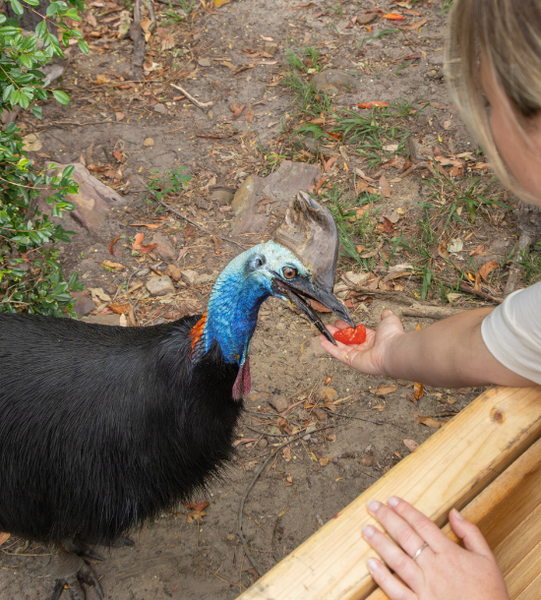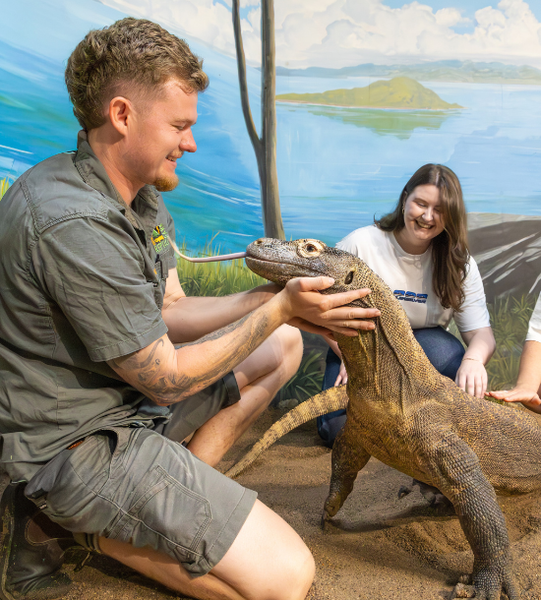

Australia's Best Tourist Attraction
Once-in-a-lifetime experiences, everyday!
Visit us on the Central Coast
9am – 5pm every day
(except Christmas)
Come and visit Australia’s Best Tourist Attraction!
We’re proud to have won Gold for ‘Major Tourist Attraction’ at the 2023 Australian Tourism Awards. Since 1958, we’ve worked passionately to share Australia’s unique wildlife with the world, offering every visitor an unforgettable, hands-on experience.



















